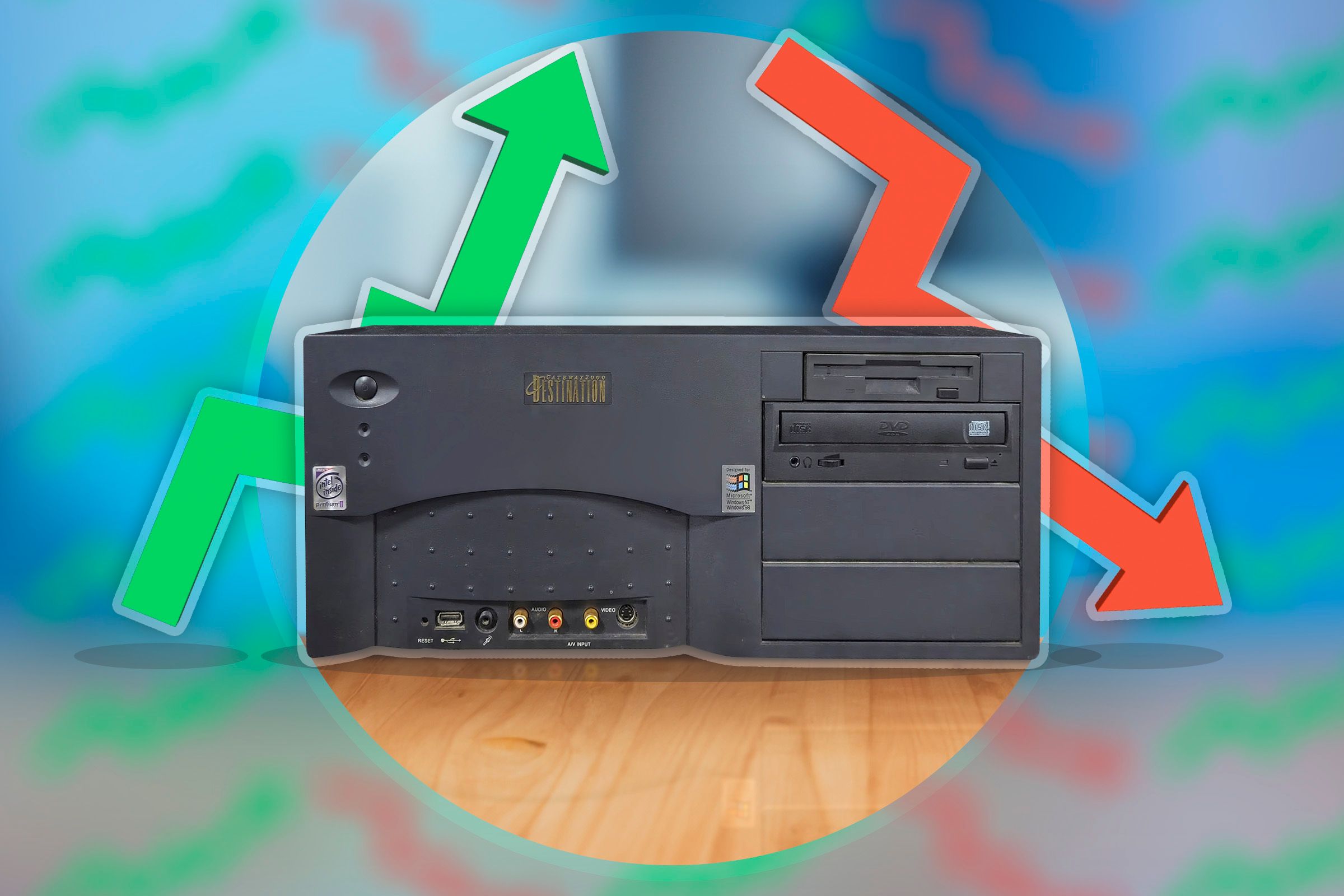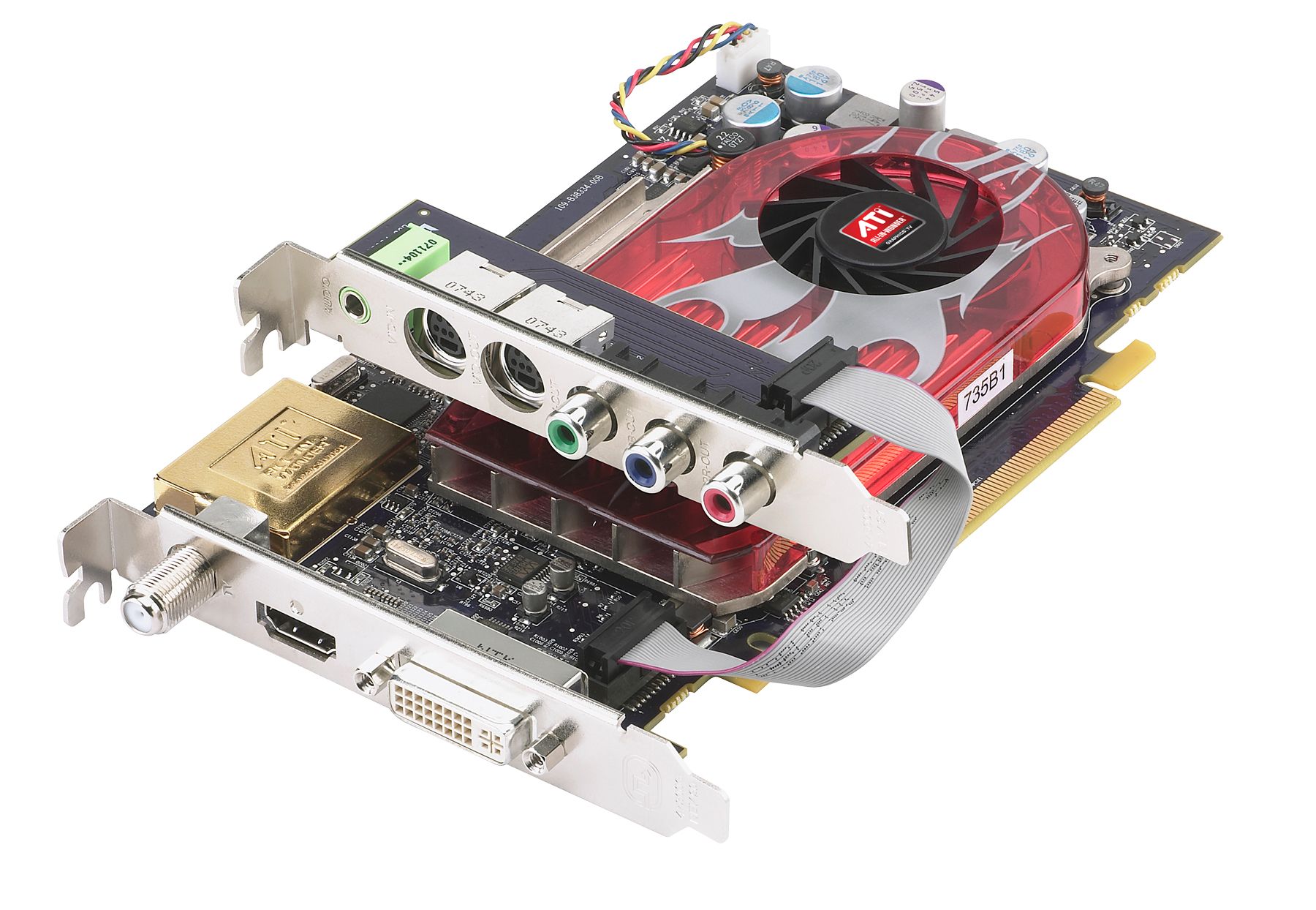
Navigating the Highs and Lows in Creating a Personal Media Hub at Home

Navigating the Highs and Lows in Creating a Personal Media Hub at Home
Key Takeaways
- HTPCs pioneered modern media options with a PC-TV combo.
- HTPCs were too expensive and complicated.
- The rise of software like the Xbox media player apps led to the decline of dedicated HTPCs.
The HTPC or Home Theater Personal Computer was an idea before its time. Something only well-heeled and tech-savvy tinkering media geeks could even achieve, and then, more often than not, the juice wasn’t worth the squeeze. Yet, we have the HTPC to thank for our myriad modern media options. So let’s look back at the HTPC, and give it the respect it deserves.
The HTPC Was Ahead of Its Time
At it’s core, an HTPC is the combination of a PC and a TV, or at least some sort of AV (Audio-Visual) technology. This goes back further than you might think. The Amiga’s Video Toaster —an expansion card with multiple video source inputs—is responsible for much of the titling and special effects we saw on TV in the 90s.
By the late 90s, video capture cards were commonplace and relatively easy to get for your computer. In the early 2000s, I had a used Pentium II computer equipped with an ATI All-in-Wonder , which combined a 3D accelerator with a capture card, so that you could record TV, digitize VHS tapes, and then watch it on your computer or play it back on a real TV.

AMD
The hardware was decent, but the software wasn’t exactly lounge-friendly. However, during the 2000s, HTPC software such as MythTV gave us a nice frontend for a TV-connected PC. One you could use with a wireless keyboard and mouse from the other side of the room. With DVD-ROM drives and software that could easily rip discs and compress them into files for easy viewing and cataloging, HTPCs were essentially a home-made version of what people would recognize as Netflix today. Personally, I think that modern streaming services had plenty of examples of HTPC software to inspire how their own software would look and feel. As with so many things that are now mainstream, people were enjoying something similar decades before it became available to everyone else.
HTPCs Were Too Expensive and Too Complicated to Last
Even at their peak, HTPCs were a truly niche type of computer. All computers were expensive, and having one dedicated to your home entertainment setup meant you had the spare cash to afford such a luxury. Alternatively, it meant you were a dirt-poor student with just one computer that acted as your TV, Hi-Fi, and DVR. Either way, the shelves of stores were not stocked with HTPCs. Instead, DVD players, and even DVD/VHS combo systems, or DVD-recordable machines, and DVR systems with internal hard drives all offered cheaper and more user-friendly alternatives.
The First Xbox Spelled the End for HTPCs
Even if you had your heart set on an HTPC and didn’t want any of that consumer-grade stuff, the arrival of the original Xbox and homebrew media player apps for it. If you modded your Xbox to run homebrew, you could install applications like Xbox Media Player (XBMP), which would later become XBMC (Xbox Media Center), and today is known as Kodi . Yes, that Kodi.

Sam Bianchini / Shutterstock.com
With this software, you could manage and play media from a variety of local and network sources. A console like the Xbox, even taking the cost of modding into account, was still far less expensive than a custom-built HTPC. By the time the Xbox 360 and PlayStation 3 came around, the need for a dedicated HTPC was essentially gone. Especially since these consoles can run apps like Plex, which lets you stream content from a computer anywhere in your house over your LAN. Incidentally, Plex only dropped support for the PS3 in 2023 ! Combined with the advent of streaming services like Netflix, and the appeal of an HTPC goes down even further.
You Can Still Roll Your Own HTPC
That’s not to say that the HTPC is entirely dead. It was always niche, but you can still easily buy an SFF (Small Form-Factor) PC or an HTPC case to add to your home theater setup. Why you would do this over, for example, an Apple TV or Android TV box is a question with only a few answers. Most of them deal with specific customizations or idiosyncrasies someone wants for their setup. Access to open-source software is a big one, and, of course, some HTPCs are also built to double as a gaming console replacement.
All I know is that, at least for me, HTPCs were an aspirational thing for many years. I would read about building them in magazines, and see features of the amazing systems folks with deep pockets and, somehow, also lots of time on their hands came up with. These days, I have little actual desire for an HTPC and outside of enthusiast circles, it’s doubtful anyone will again.
Also read:
- [New] 7 Key Tools to Convert YouTube Videos Easily
- [New] Fast-Forward Freedom in Snapchat A Noob’s Handbook
- [Updated] Explore Top 5 Non-Samsung 360 Cameras Today
- CapCutによる音削除:PC版動画から音声抽出方法
- Choosing Between AVCHD and MP4: A Comprehensive Guide on Selecting Your Ideal Video Format
- Easy Conversion Guide: Transforming FLV Files Into MOV on PC or Mac - Discover 5 Cost-Free Solutions!
- First Steps in Telegram Marketing An Initiation Handbook for 2024
- In 2024, Stellar Stories Celebrating YouTube's Best Narratives
- Online & Offline Methods: Transforming FLV Videos Into MP4 or MOV Formats for Your iPad
- Quick & Simple Techniques: Transforming RMVB Files Into MPEG Format
- Tom's Tech Hub: Your Ultimate Guide to Hardware Excellence
- Universal DAT Format Changer: Quick and Effortless Conversion to Desired Formats
- Title: Navigating the Highs and Lows in Creating a Personal Media Hub at Home
- Author: Kenneth
- Created at : 2024-09-29 02:02:07
- Updated at : 2024-09-30 17:03:14
- Link: https://media-tips.techidaily.com/navigating-the-highs-and-lows-in-creating-a-personal-media-hub-at-home/
- License: This work is licensed under CC BY-NC-SA 4.0.